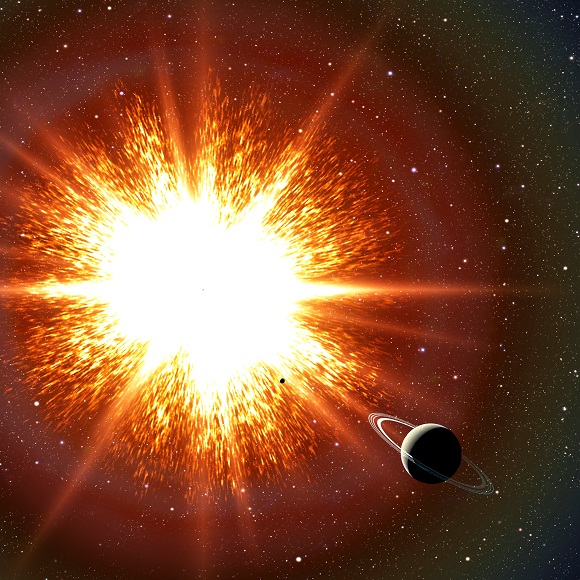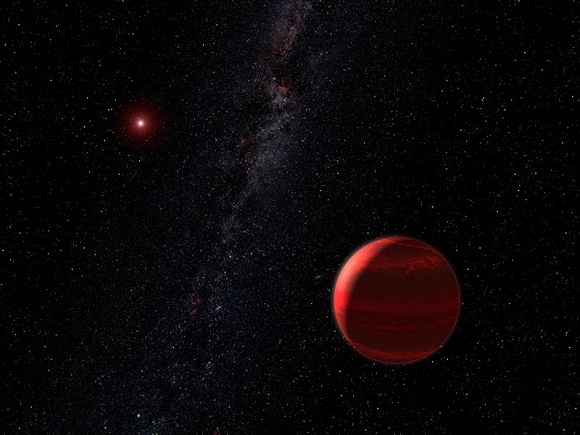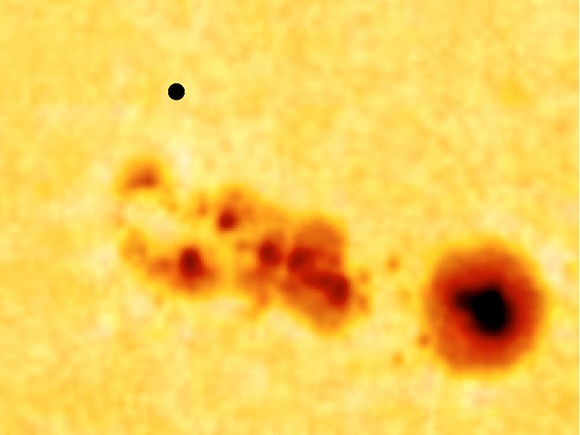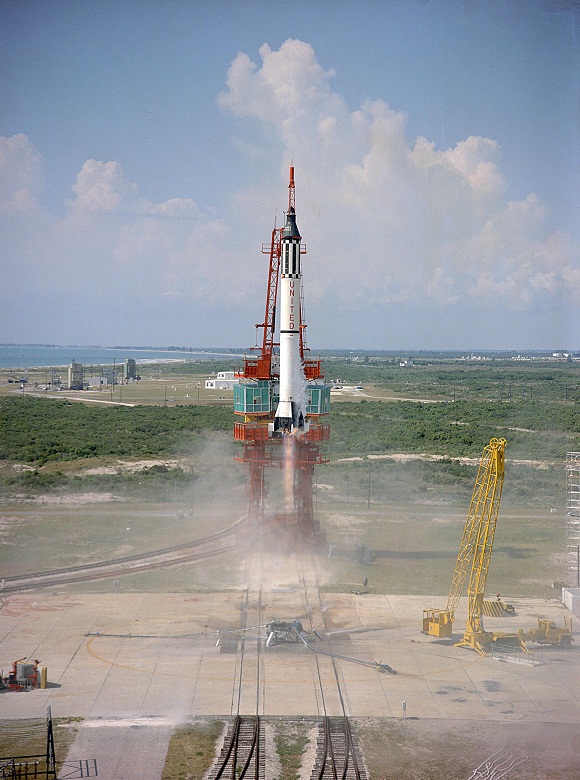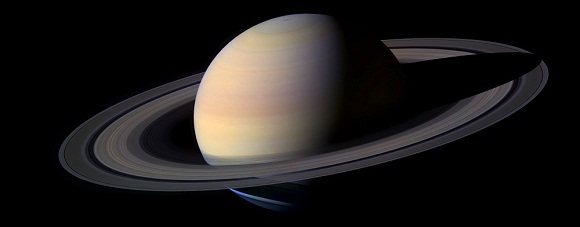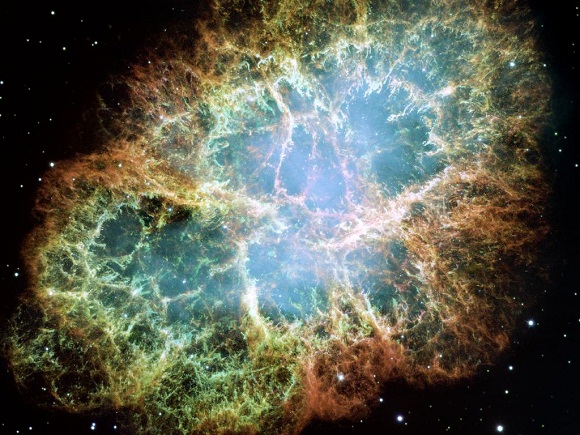Wonders of the October Sky
October marks the peak of Autumn, leaves are falling from the trees, the evenings are darkening and Halloween and Christmas are just around the corner. With dusk falling earlier in the evening, this gives ample opportunity for stargazing without having Read more



